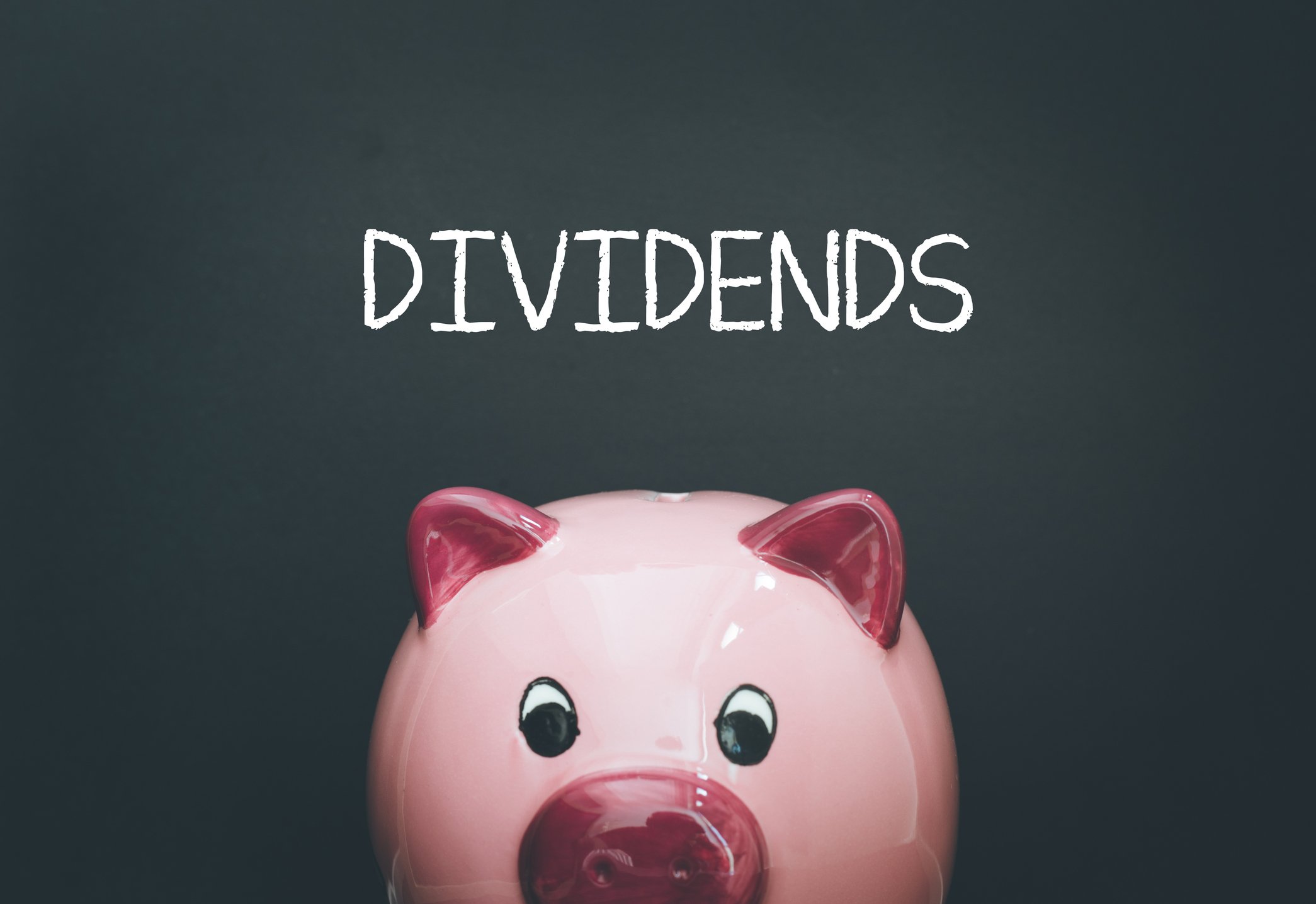Dividend-paying stocks provide investors with several benefits. Not only can they provide spendable income, but those payments often account for a significant portion of a stock's total returns over the long run. That's why dividend-paying stocks have historically outperformed their stingier peers. Furthermore, they tend to do so with less volatility.
The best-performing dividend stocks tend to be those that have above-average yields. With most companies in the S&P 500 yielding around 2%, those paying over 4% certainly fit the bill. Three top options with dividends above that level are TC Energy (TRP 0.07%), WestRock (WRK +0.00%), and IBM (IBM +0.26%).

Image source: Getty Images.
Different name, same great dividend
Matt DiLallo (TC Energy): Canadian pipeline giant TransCanada recently changed its name to TC Energy, which better reflects its diversification across the entire North American continent. However, while the name might be different, the energy infrastructure company's dividend remains as attractive as ever. The payout, which currently yields 4.6%, is on track to continue expanding at a healthy rate over the next few years.
TC Energy has worked hard to ensure that it can sustain that high-yielding payout. One way it has done that it by selling assets with more volatile cash flow and replacing them with those that generate stable earnings. As a result, more than 95% of TC Energy's cash flow now comes from predictable sources like long-term contracts. The company further supports its dividend with a conservative payout ratio of less than 65% of its cash flow and a strong investment-grade balance sheet.
TC Energy uses its retained cash and balance sheet strength to invest in high-return expansion projects. The company currently has 30 billion Canadian dollars ($23.3 billion) of growth projects underway that should support 8% to 10% dividend growth through at least 2021. Meanwhile, TC has another CA$20 billion ($14.9 billion) of projects in development, which could enable it to continue growing the payout at a healthy pace well into the next decade.
TC Energy's well-supported, fast-growing, high-yield dividend makes it a top option for income-seeking investors to buy for the long term.
An industry leader priced well below book value
Maxx Chatsko (WestRock): This company continues to deliver -- and Wall Street continues to ignore the progress. Engineered paper leader WestRock leaned on its recently acquired KapStone assets to post 16% year-over-year revenue growth in its fiscal second quarter of 2019 (the period ending March 30). That was driven by a strong performance in the corrugated packaging segment, which achieved year-over-year revenue and operating income growth of 27% and 18%, respectively.
A confluence of factors headlined by the rise of e-commerce, a growing global middle class, and a desire among customers to ditch plastic packaging have created historic market conditions for cardboard. That's why, after decades of decline, the American pulp and paper industry is pouring capital into corrugated products and the facilities that manufacture them, providing what could amount to a long-term advantage in the international market thanks to new and rebuilt infrastructure. WestRock isn't letting the opportunity go to waste.
The company expects investments in operating efficiency this year and next to deliver an additional $80 million in annual EBITDA. Upgrades completed in 2021 will bump up that annualized total to $150 million, equivalent to nearly 5% of total EBITDA from fiscal 2018. The bounty from those strategic investments is largely in addition to management's plan to realize $200 million in run-rate synergies from the recent KapStone acquisition by the end of fiscal 2021.
The two combined amount to a significant windfall for a company that isn't exactly hurting for profits. WestRock expects full-year fiscal 2019 adjusted EBITDA of about $3.35 billion, up from $2.89 billion in fiscal 2018. That solid financial foundation allows the $10 billion business to pay an annualized dividend yield of 4.7%. It also results in the company being significantly undervalued: Shares trade at 0.86 times book value (they'd have to rise 14% to be "fairly" valued), a PEG ratio of 0.63, and just 9.3 times future earnings. Investors with a long-term mindset might not hesitate to add shares to their portfolio.
A high-yield tech giant
Tim Green (International Business Machines): Shares of IBM have jumped nearly 20% this year, but the stock remains beaten-down relative to its multiyear highs. A rising dividend coupled with a slumping stock price over the past few years has pushed IBM's dividend yield to nearly 5%. Following the latest dividend increase last month, the yield sits at about 4.8%.
IBM expects to produce adjusted earnings per share of at least $13.90 this year, but just 47% of that total will go toward dividends. And once the company's acquisition of Red Hat closes, both per-share earnings and free cash flow are expected to benefit within a couple years. IBM's dividend growth will likely be slow for a while as the company focuses on reducing its debt following the Red Hat deal, but there's no reason to believe the company's 24-year streak of dividend hikes will end anytime soon.
IBM is still struggling to consistently grow revenue, as the performance of legacy businesses offsets growth in areas like cloud computing. But the company's bet on hybrid, multicloud computing, which will be boosted by the Red Hat acquisition, looks like the right strategy. For dividend investors, IBM is a high-yield stock worth buying.







